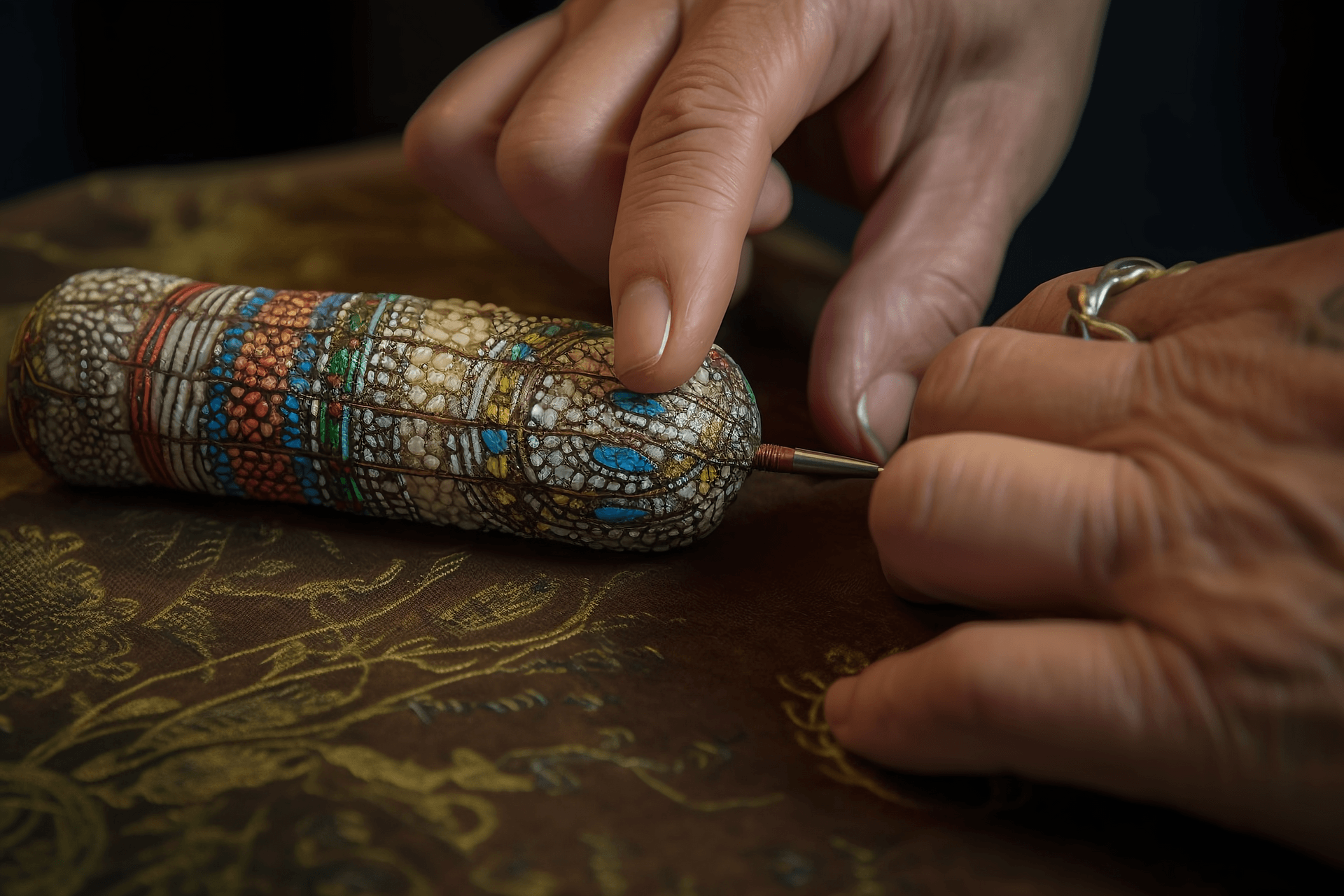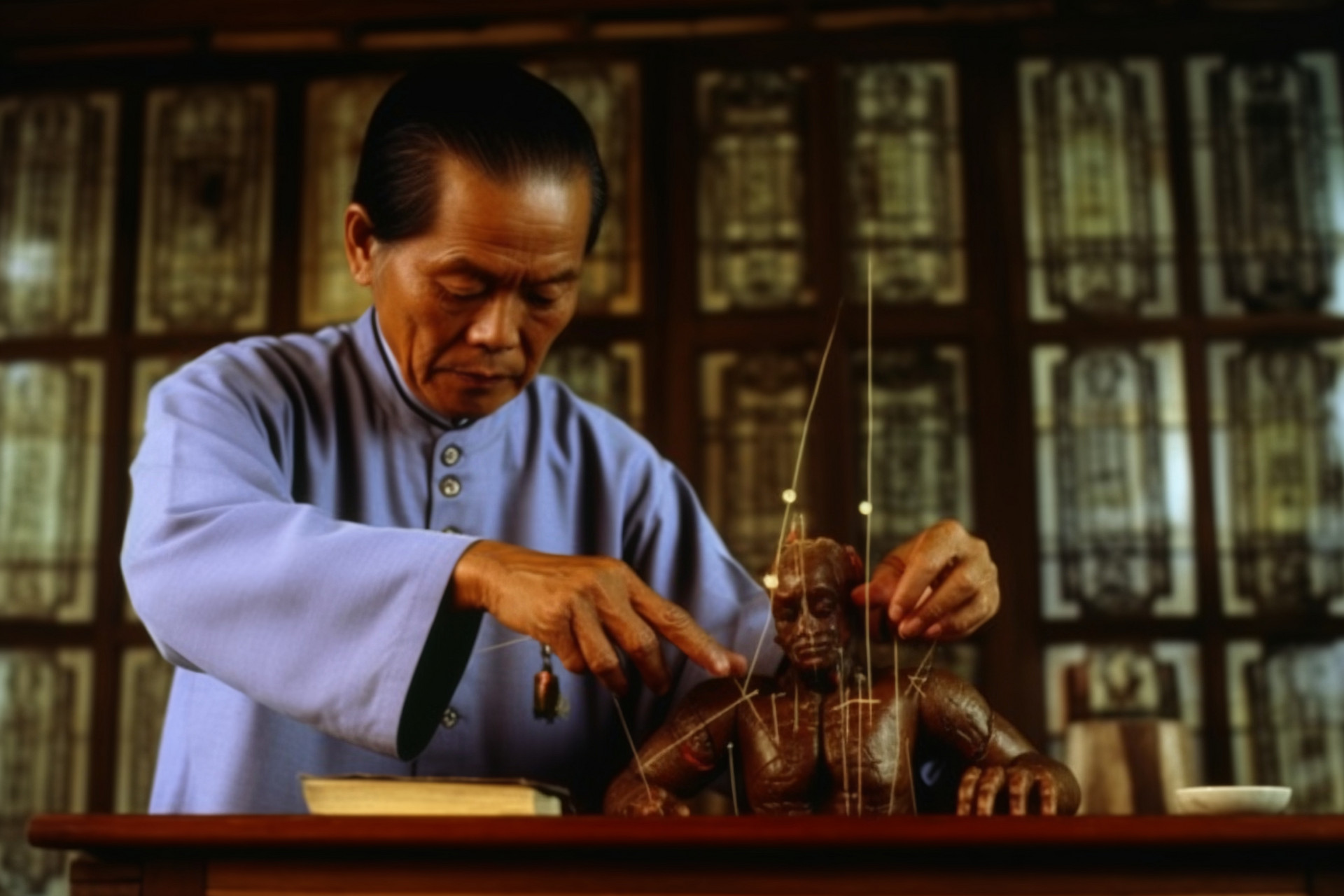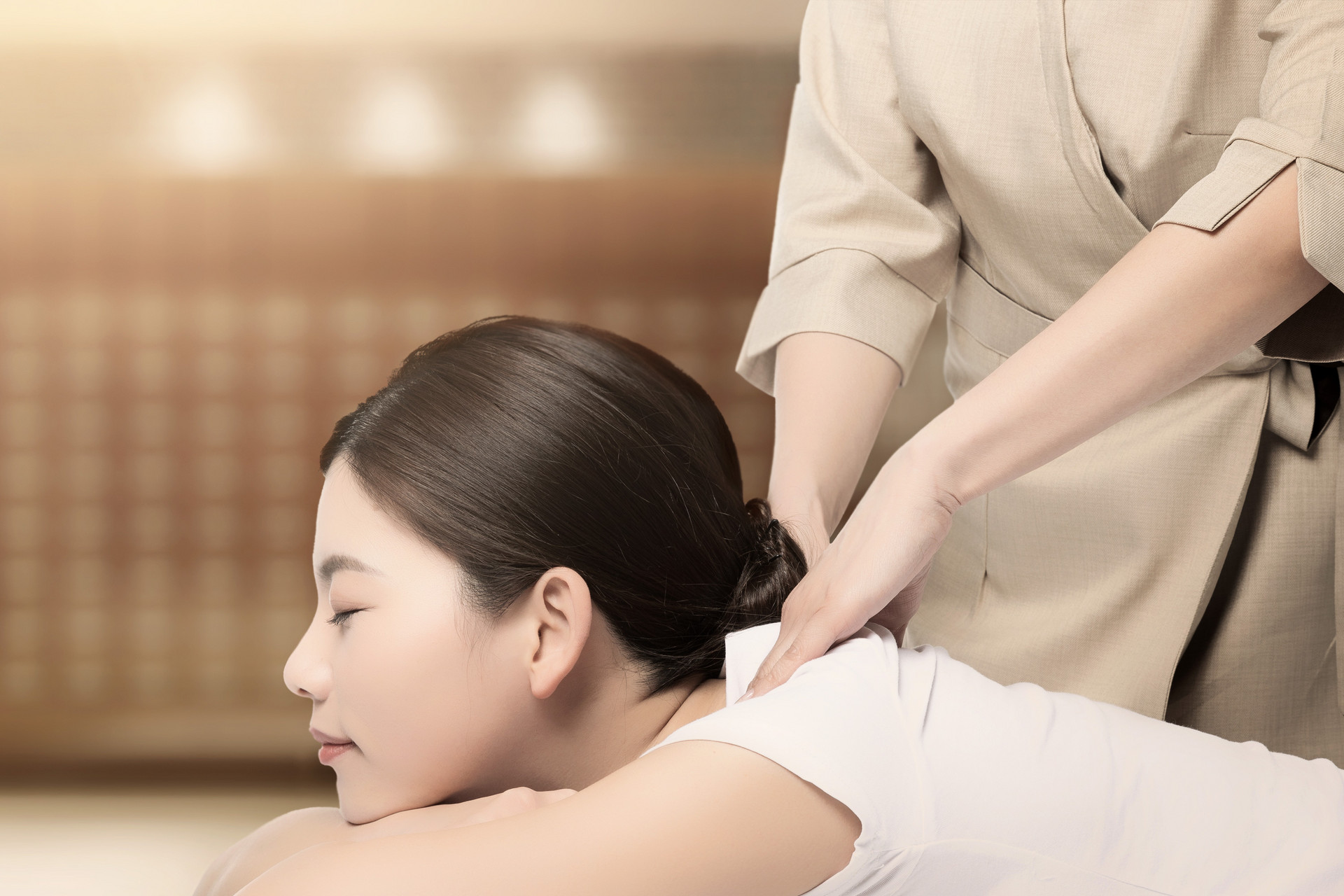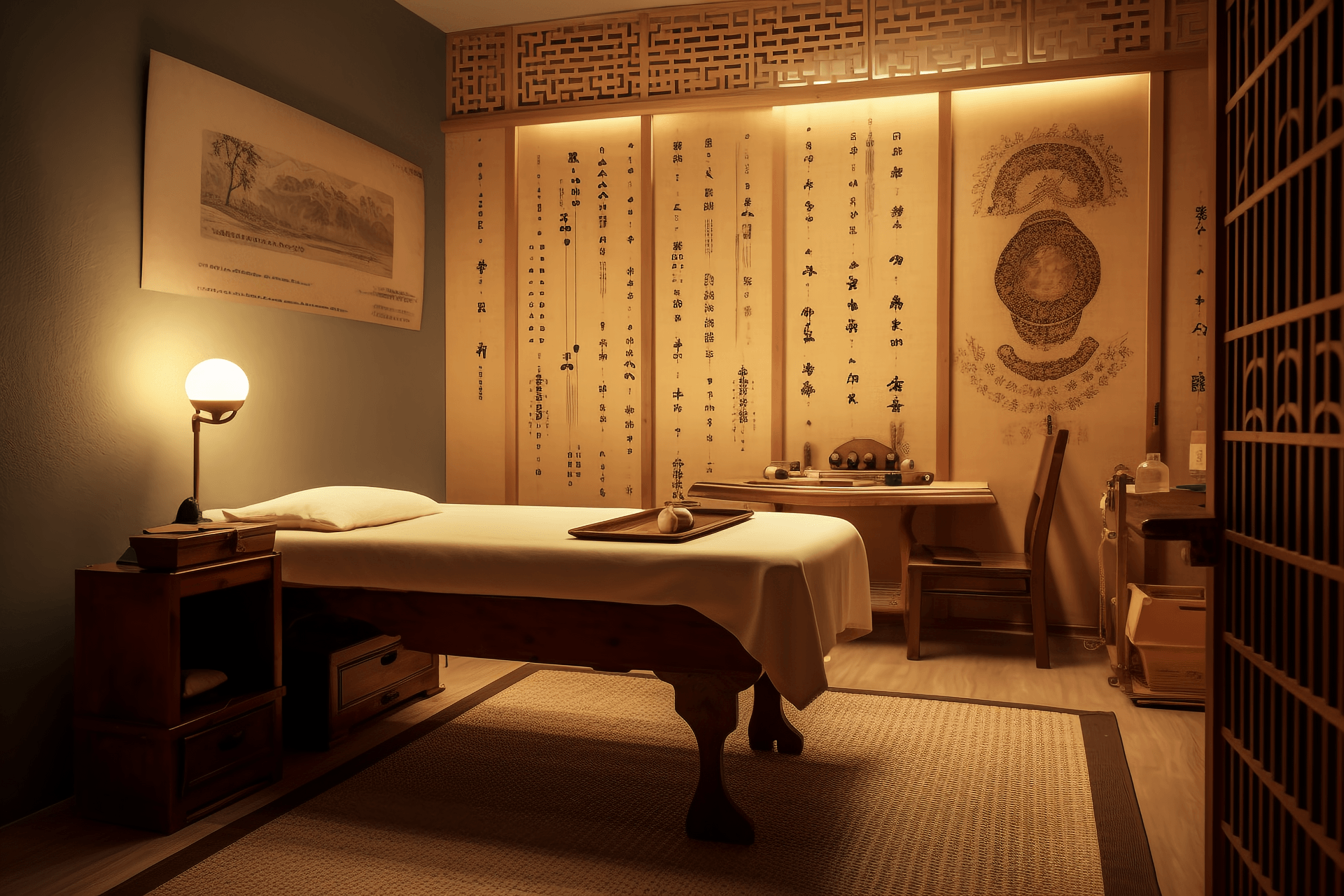Cryotherapy is a moxibustion technique that uses modern freezing technology to apply ice-cold stimulation to acupuncture points and meridians, in order to adjust the balance of yin and yang in the organs and prevent and treat diseases. This therapy is a modern development and is opposite to traditional moxibustion and other warm therapy techniques in terms of the stimulating factor, but they share the same goal of prevention and treatment of diseases, and have similar stimulating reactions, achieving the same result through different paths.
The application of cryotherapy in clinical practice can be traced back to the end of the 19th century. In 1899, White first used liquid air to treat conditions such as lupus erythematosus, epithelial tumors, vitiligo, and keloids. Since the 1960s, cryotherapy has been rapidly promoted and widely used in ophthalmology, otolaryngology, dermatology, surgery, gynecology, and other fields. Its advantages include reducing intraoperative bleeding and pain, to some extent, killing bacteria and preventing postoperative infections. Cryotherapy can also produce immune effects, inhibiting (or destroying) the growth of cancer cells and promoting the absorption of metastatic lesions. In addition, cryotherapy is often well tolerated by patients with hypertension, heart disease, and poor general condition.
Cryotherapy is actually inspired by traditional Chinese medicine theory. According to the principles of traditional Chinese medicine, coldness can counteract heat, and heat can counteract coldness. Moxibustion and other warm therapy techniques are used to treat diseases primarily caused by coldness, while cryotherapy of acupuncture points is suitable for clearing excess heat and nourishing yin in patients with symptoms of exuberant heat or yin deficiency. These two techniques complement each other.
The history of cryotherapy on acupuncture points can be roughly divided into two stages. The first stage is the stage of cryotherapy on acupuncture points, which involves applying crushed herbal medicine mixed with cold water directly to the skin. For example, in the Song Dynasty, Song Lin wrote in "Jingchu Sui Shi Ji": "On the 14th day of August, people apply Zhu water to the forehead, known as Tianjiu, to treat diseases." It refers to using dew to mix with cinnabar and apply it to the forehead of children to treat illnesses. Later, this gradually developed into cryomoxibustion and topical herbal medicine therapy on acupuncture points.
The second stage is the modern stage of cryotherapy on acupuncture points. The Beijing Police Hospital was the first to combine cryotherapy technology with acupuncture treatment. In 1960, the hospital used ethyl chloride to spray the surface of acupuncture points to treat headaches, and called it "cold needle therapy." However, it did not receive much attention from the acupuncture and medical community at that time. In 1979, acupuncture practitioners and scientists in Shenyang, Liaoning Province, conducted multiple experiments and successfully developed a cryotherapy acupuncture treatment device. In April 1981, it was clinically used for asthma, chronic nephritis, diabetes, hyperthyroidism, cholecystitis, carbuncle, trigeminal neuralgia, and showed significant effects. At the same time, the Beijing Iron and Steel Research Institute also invented an electronic cryotherapy device for acupuncture points, which had excellent effects on acute mastitis and other conditions characterized by excess heat. Acupuncture practitioners in Xinjiang also achieved good results in treating cough and asthma with cryotherapy on acupuncture points using liquid nitrogen.
Clinical practice has confirmed that cryotherapy on acupuncture points is easy to perform, requires fewer acupuncture points, is generally painless, and, if performed correctly, is quite safe, making it worthy of promotion. In recent years, experimental research has been conducted to explore the mechanism of action of cryotherapy on acupuncture points. Existing studies have shown that cryotherapy on acupuncture points can enhance the body's immune function, such as increasing T lymphocytes, and is superior to ordinary acupuncture groups; it can improve local microcirculation, promote tissue metabolism, and facilitate blood circulation and the dissipation of stasis; in addition, it also has a certain temperature-regulating effect on the body.
Of course, cryotherapy on acupuncture points is still in its early stages and needs further improvement and development.











